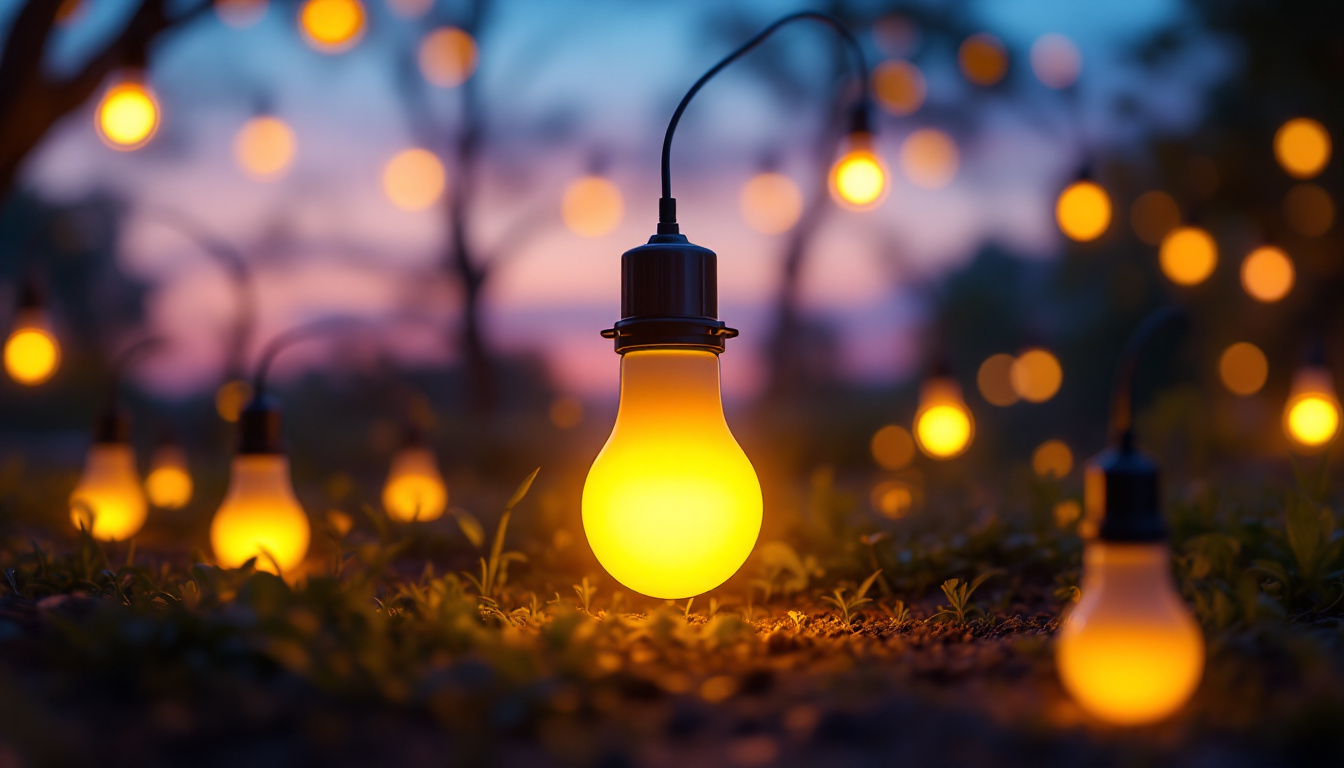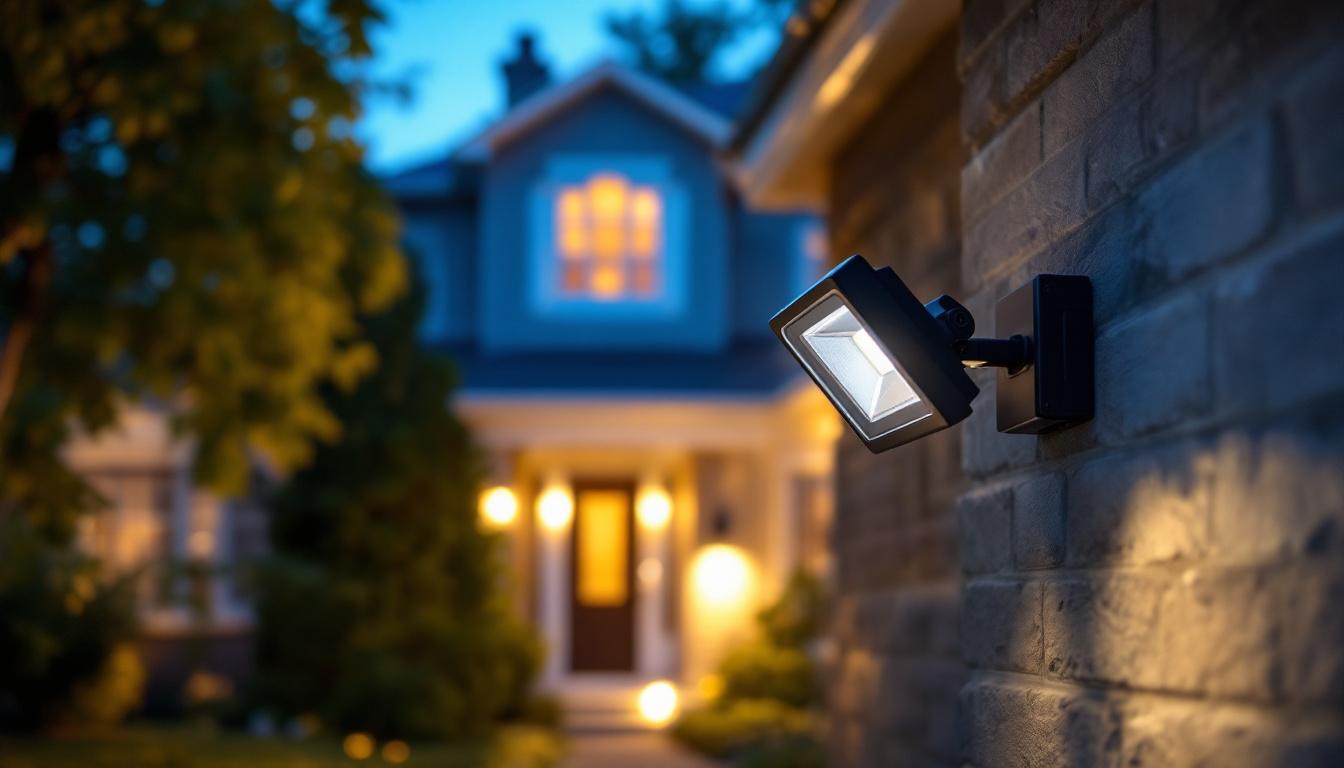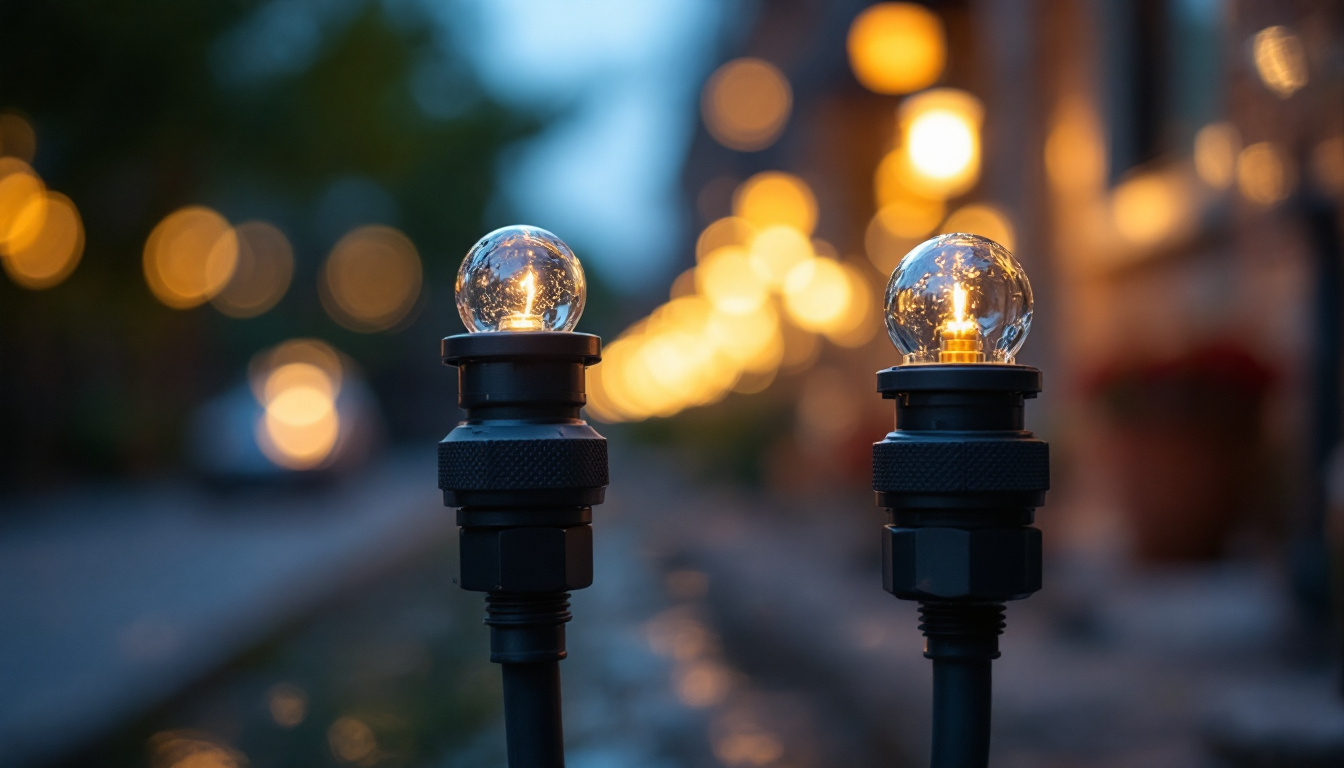
In the ever-evolving world of lighting solutions, hazardous lighting presents a unique opportunity for contractors to expand their service offerings and boost profitability. Whether it’s in industrial settings, chemical plants, or other environments where safety is paramount, understanding the intricacies of hazardous lighting can set a contractor apart from the competition. This guide aims to provide insights into the benefits, challenges, and strategies for successfully navigating the hazardous lighting market.
Hazardous lighting refers to specialized lighting systems designed for environments where flammable gases, vapors, or dust may be present. These areas require stringent safety measures to prevent accidents, making the selection and installation of lighting fixtures a critical aspect of facility management.
Compliance with safety standards is non-negotiable in hazardous environments. Regulations such as the National Electrical Code (NEC) and various industry-specific guidelines dictate the types of fixtures that can be used. Understanding these regulations is essential for contractors to ensure that their installations are not only safe but also legally compliant.
Failure to adhere to these standards can lead to severe consequences, including fines, project delays, and, most importantly, safety hazards. Contractors must stay updated on changes in regulations to provide the best service to their clients. Regular training and certification programs are available to help professionals remain informed about the latest safety protocols and technologies, ensuring that they can effectively manage the complexities of hazardous lighting installations.
There are several types of hazardous lighting fixtures designed to meet the specific needs of various environments. These include explosion-proof lights, vapor-tight fixtures, and LED options that provide energy efficiency while ensuring safety. Each type comes with its own set of features and benefits, making it crucial for contractors to understand which fixture is appropriate for each application.
For instance, explosion-proof lights are designed to contain any explosions that may occur within the fixture, preventing ignition of surrounding materials. On the other hand, vapor-tight fixtures are ideal for areas exposed to moisture and dust, ensuring longevity and reliability. Additionally, LED hazardous lights have gained popularity due to their low energy consumption and long lifespan, which not only reduces operational costs but also minimizes the frequency of replacements, thereby enhancing safety in the long run. The versatility of LED technology allows for various configurations, making it easier to customize lighting solutions to fit the unique demands of different hazardous environments.
Moreover, the integration of smart technology into hazardous lighting systems is an emerging trend that offers significant advantages. These advanced systems can include features such as remote monitoring and control, enabling facility managers to track lighting performance and energy usage in real-time. This capability not only enhances safety by ensuring that all fixtures are functioning correctly but also allows for proactive maintenance, reducing the risk of unexpected failures in critical areas. As industries continue to evolve, the adoption of such innovative solutions will likely become a standard practice in hazardous lighting applications, further improving safety and efficiency.
The demand for hazardous lighting solutions is on the rise as industries become increasingly aware of the importance of safety and compliance. Contractors who position themselves as experts in this niche can tap into lucrative markets, ranging from oil and gas to pharmaceuticals.
Several industries require hazardous lighting solutions, including manufacturing, oil and gas, chemical processing, and wastewater treatment. Each of these sectors has unique lighting needs based on their operational environments. By identifying and targeting these industries, contractors can tailor their services to meet specific requirements, enhancing their marketability.
For example, the oil and gas sector often requires robust lighting solutions for offshore platforms and refineries, where safety is paramount. By understanding the specific challenges faced by these industries, contractors can better position their offerings and create customized solutions. Additionally, the pharmaceutical industry demands stringent compliance with safety regulations, necessitating specialized lighting that minimizes contamination risks while ensuring visibility for critical operations. This presents an opportunity for contractors to develop innovative lighting designs that not only meet regulatory standards but also enhance operational efficiency.
Advancements in lighting technology, particularly in LED solutions, have transformed the hazardous lighting landscape. LED fixtures not only provide energy efficiency but also offer longer lifespans and reduced maintenance costs. Contractors can leverage these technological advancements to provide clients with cost-effective and reliable solutions.
Incorporating smart technology into hazardous lighting can also enhance safety and efficiency. Features such as remote monitoring and automated controls can significantly improve the management of lighting systems in hazardous environments, making them more appealing to potential clients. Furthermore, integrating IoT (Internet of Things) capabilities allows for real-time data collection and analysis, enabling facility managers to optimize lighting usage based on occupancy and environmental conditions. This not only improves safety but also contributes to energy savings, aligning with the growing trend towards sustainability in industrial operations.
Moreover, the implementation of advanced lighting control systems can facilitate compliance with safety regulations by providing detailed reporting and analytics. This data can be invaluable for audits and inspections, ensuring that companies maintain their safety certifications while also improving operational transparency. As industries continue to evolve, the integration of such smart solutions in hazardous lighting will likely become a standard expectation, presenting contractors with a competitive edge in the market.
While the opportunities in hazardous lighting are plentiful, contractors must also navigate several challenges. Understanding these challenges is critical for successful project execution and client satisfaction.
The installation of hazardous lighting systems often involves complex requirements that can vary significantly from one project to another. Contractors must be well-versed in the specific needs of each environment, including the proper placement of fixtures and the use of appropriate materials.
Additionally, contractors must ensure that their installation teams are trained and equipped to handle the unique challenges presented by hazardous environments. This may involve specialized training and certifications to ensure compliance with safety regulations.
Cost is always a significant factor in any project, and hazardous lighting is no exception. The initial investment in high-quality fixtures and installation can be substantial. However, contractors must communicate the long-term benefits of these investments to their clients, such as reduced maintenance costs and enhanced safety.
Providing a clear breakdown of costs and potential savings can help clients understand the value of investing in hazardous lighting solutions. This transparency can also foster trust and strengthen client relationships.
To effectively promote hazardous lighting services, contractors must adopt targeted marketing strategies that resonate with their audience. Understanding the unique selling points of hazardous lighting can help in crafting compelling marketing messages.
In today’s digital age, a strong online presence is essential for any contractor. This includes having a well-designed website that showcases expertise in hazardous lighting, alongside case studies and testimonials from satisfied clients. An informative blog can also position the contractor as a thought leader in the industry, attracting potential clients.
Utilizing social media platforms to share insights, industry news, and project highlights can further enhance visibility and engagement. Regularly updating content and interacting with followers can help build a community around the contractor’s brand.
Establishing relationships with industry stakeholders, such as suppliers and safety organizations, can open doors to new opportunities. Networking at industry events and conferences can also provide valuable insights into emerging trends and technologies in hazardous lighting.
Collaborating with other contractors or firms that specialize in related services can lead to joint ventures, expanding the range of services offered and increasing market reach.
Investing in training and certification for hazardous lighting is crucial for contractors looking to excel in this niche. Proper training not only enhances technical skills but also instills confidence in clients regarding the contractor’s expertise.
The lighting industry is constantly evolving, with new technologies and regulations emerging regularly. Continuous education ensures that contractors remain knowledgeable about the latest developments in hazardous lighting. This can include attending workshops, webinars, and industry conferences.
By staying informed, contractors can provide clients with the most up-to-date solutions and maintain a competitive edge in the market.
Participating in certification programs specific to hazardous lighting can further validate a contractor’s expertise. These programs often cover essential topics such as safety standards, installation techniques, and maintenance practices. Certification can serve as a valuable marketing tool, demonstrating a commitment to quality and safety.
Clients are more likely to choose contractors who hold relevant certifications, as it reflects a dedication to professionalism and a thorough understanding of hazardous lighting requirements.
As industries continue to prioritize safety and compliance, the demand for hazardous lighting solutions is set to grow. Lighting contractors who understand the intricacies of hazardous environments and can provide tailored solutions will find themselves well-positioned to capitalize on this expanding market.
By focusing on compliance, leveraging technology, and implementing effective marketing strategies, contractors can not only boost their profits but also contribute to safer work environments. Investing in training and certification further enhances credibility, ensuring that contractors remain leaders in the hazardous lighting sector.
In conclusion, the landscape of hazardous lighting offers a wealth of opportunities for contractors willing to adapt and innovate. Embracing these challenges with a proactive approach can lead to significant rewards, both for the contractor and the clients they serve.
Ready to elevate your hazardous lighting projects and outshine the competition? Look no further than LumenWholesale for all your lighting needs. Our extensive selection of spec-grade lighting products meets the highest industry standards, ensuring you deliver safe, compliant, and efficient lighting solutions. With unbeatable wholesale prices and the convenience of free shipping on bulk orders, you can confidently tackle any project, knowing you’re getting the best value without any hidden fees. Don’t compromise on quality or cost—Wholesale Lighting at the Best Value is just a click away. Partner with LumenWholesale today and experience the perfect blend of quality, affordability, and convenience.

Discover how solar bulbs are revolutionizing the lighting industry with their eco-friendly and cost-effective solutions.

Discover why staying informed about LED motion flood lights is crucial for lighting contractors.

Discover the top benefits of waterproof electrical connectors for lighting contractors.

Discover the essential role of ballasts in lighting systems with insights from top contractors.